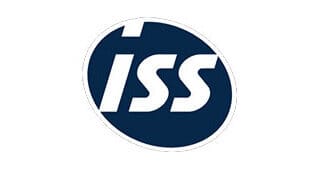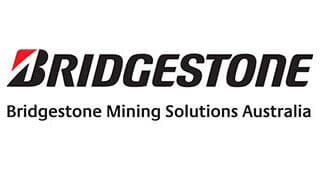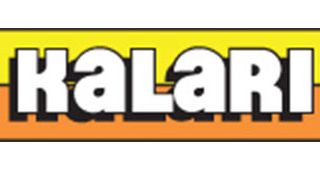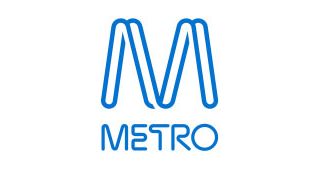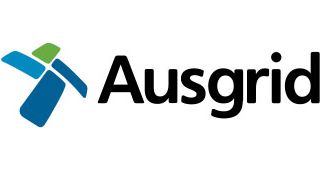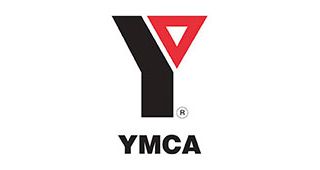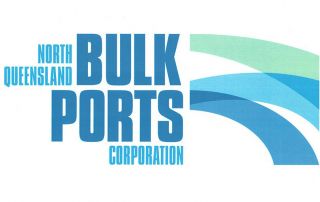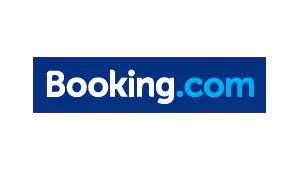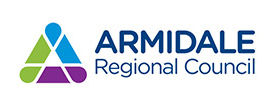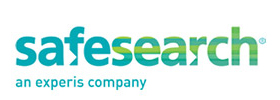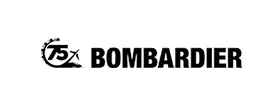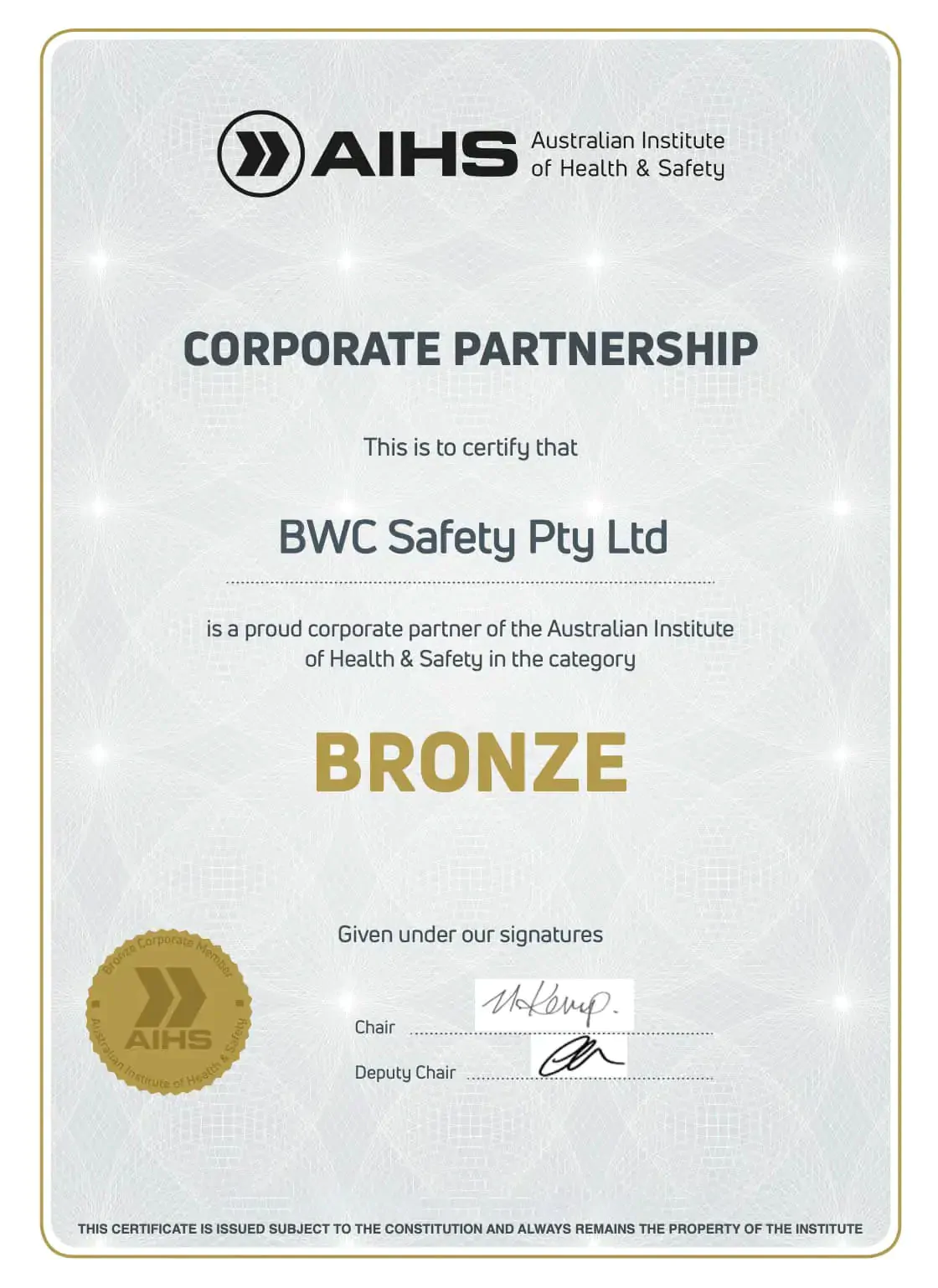WorkSafe Victoria targeted approach for the healthcare sector
Last month, Victorian Deputy Premier, Hon Ben Carroll MP, put employers on notice that WorkSafe Victoria has been instructed by Government to increase its focus across five high-risk industries that have accounted for more than sixty percent of all work-related deaths in the last five years. These are shown in the schematic below along with the particular issues that will be targeted for the healthcare sector:
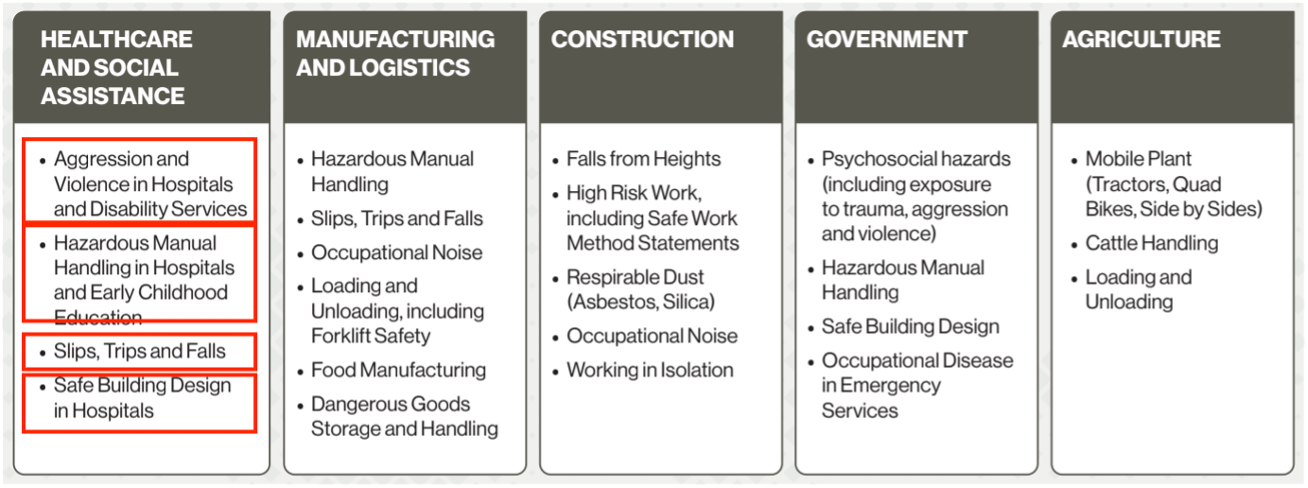
Already this year, WorkSafe Victoria has been achieving new milestones of activity. There have been 57,600 workplace inspections; 16,300 compliance notices issued; and 123 successful prosecutions which resulted in no less than $12.4 million in fines.
WorkSafe’s Statement of Regulatory intent is clear – They will continue an unrelenting focus on eliminating the most dangerous workplace hazards and risks while improving the level of safety consultation and mental health protections across all Victorian businesses. They have set targets to reduce work-related fatalities by thirty percent over the next five years.
What should health sector employers do?
The first step for any employer in the health sector is to understand the nature of the high-risk tasks that are associated with their work practices. These are described in the various Worksafe Compliance codes and in the Victorian OH&S Regulations, however some of the common high-risk tasks include the following:
- Working with aggressive or abusive patients or members of the public
- Dealing with psychosocial hazards such as long work hours, anxiety, stress and peak workloads, high levels of staff turnover, and lack of staff.
- Hazards associated with lone workers on home visits
- Infection control
- Hazardous manual handling associated with patient care
- Managing slips, trips and falls
- Scenario based emergency responses
How are these high-risk tasks managed?
The goal must always be to eliminate the risks associated with these tasks, however that may not always be possible. In these cases, employers must consider ways to minimise the risks so far as is reasonably practicable.
SafeWork Australia has developed a simple four-step model for managing workplace health and safety risks. If this is applied diligently then, as an employer you are well on your way to complying with the regulations. Don’t forget that consultation with workers must occur every step of the way.
Getting Started
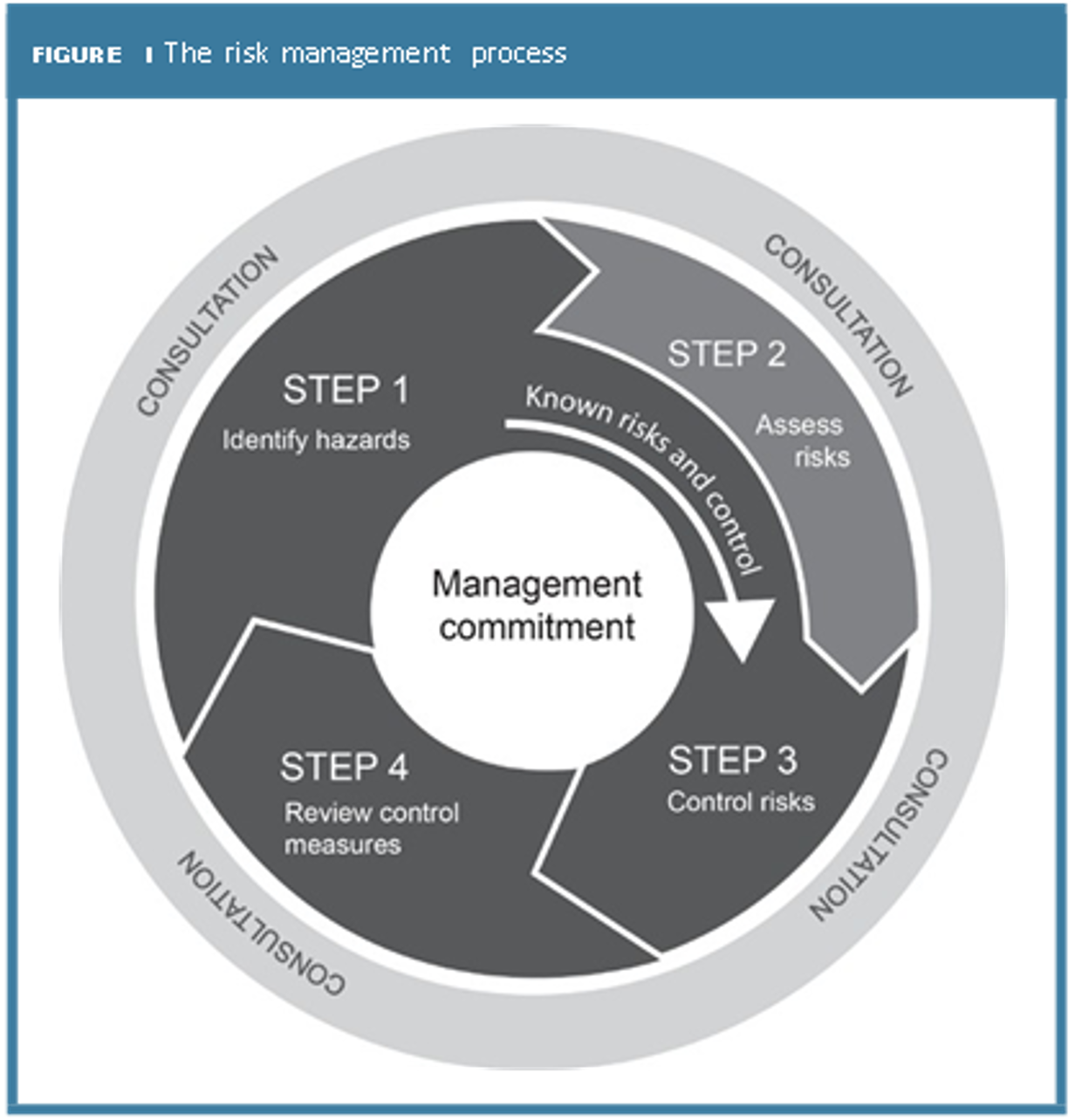
Many small and medium-sized businesses cannot afford to employ full-time OH&S specialists to assist them, however this is no excuse when it comes to complying with the law. Our recommendation in these cases is to seek the help of experienced safety consultants who specialise in providing independent OH&S audits for the health sector.
As an example, at BWC Safety we regularly provide OH&S audit services to private and government organisations in the health sector in the eastern states of Australia. Our approach is to conduct a gap analysis audit using the relevant legislation as a framework and provide the employer with a concise report with clear recommendations that help them to keep their people safe and be compliant with the regulations.
Directors are on notice
Recent prosecutions make it clear that the board of directors and company executives in both private and public companies will be held personally accountable for the safety of their staff. As an example, there have been four prosecutions of individual directors where fines exceeded $200,000 within the last year.
Next Steps
Managing OH&S risks effectively is the core of the regulations in the health sector. If your organisation has good knowledge and skills in this area then the process is straightforward and the challenge for leadership is to ensure there are regular reviews of the safety program. However, if this is a potential gap in your management processes, then you should consider seeking expert independent advice from an experienced OH&S consultant. At the very least, OH&S management needs to be included in the executive and board meeting agendas.
Make an Enquiry
Ensure your organisation isn’t making critical WHS mistakes by getting expert advice before it’s too late.

